Culturing <O/Paper>cut
14-15 August, 2021 (no-audience exhibition, Nippon Festival)
The Kanagawa Prefectural Library, Yokohama


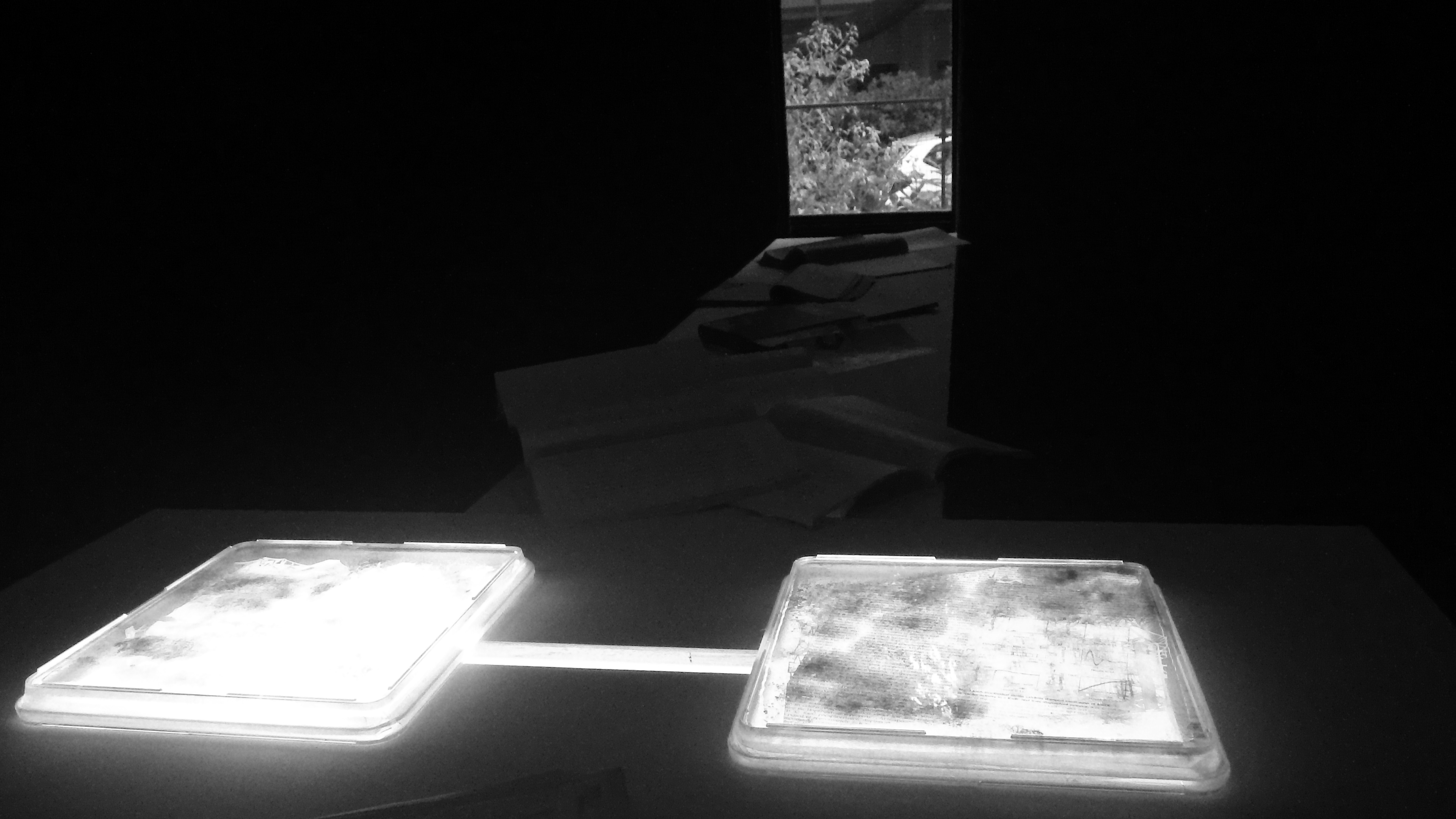
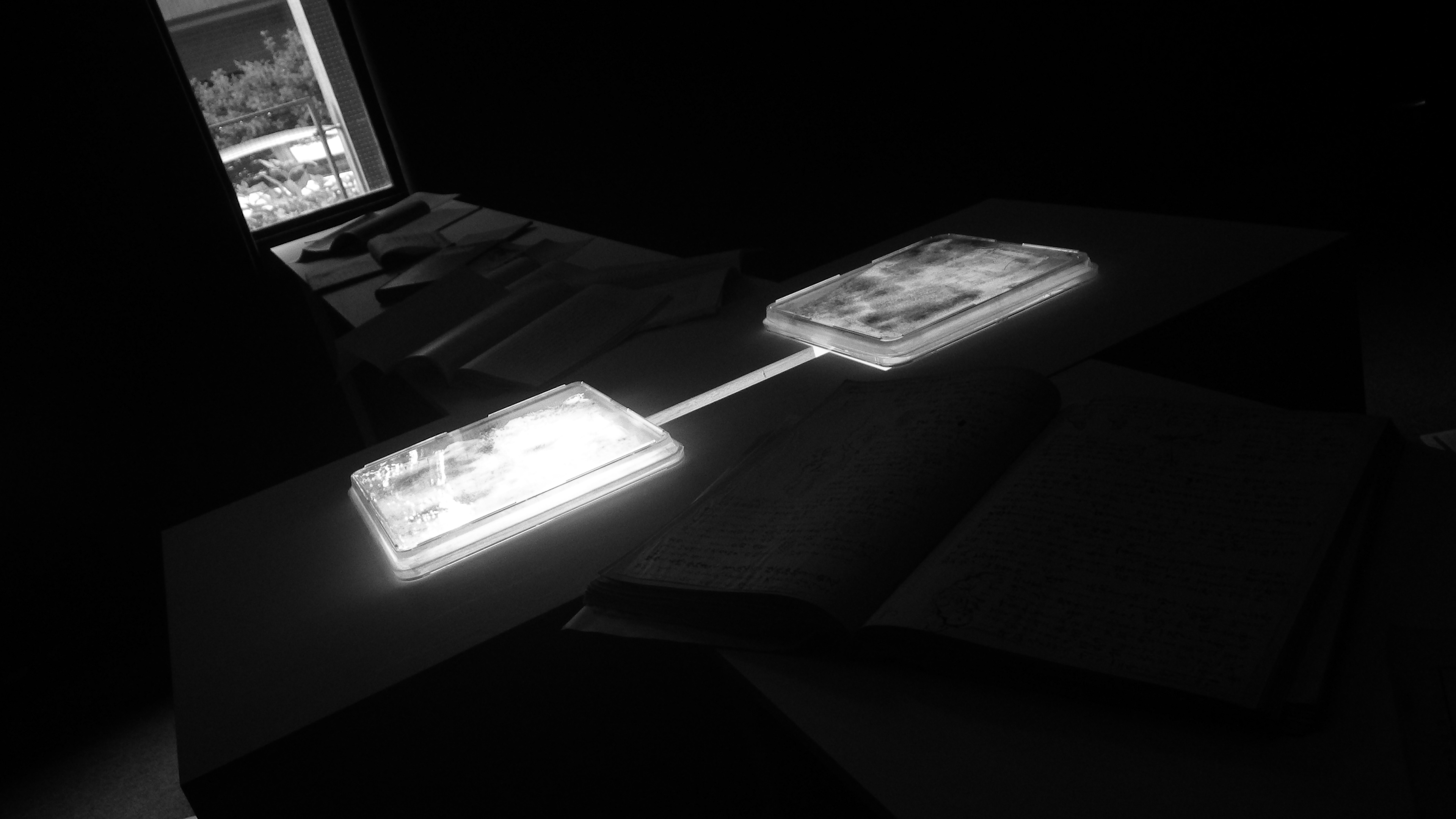
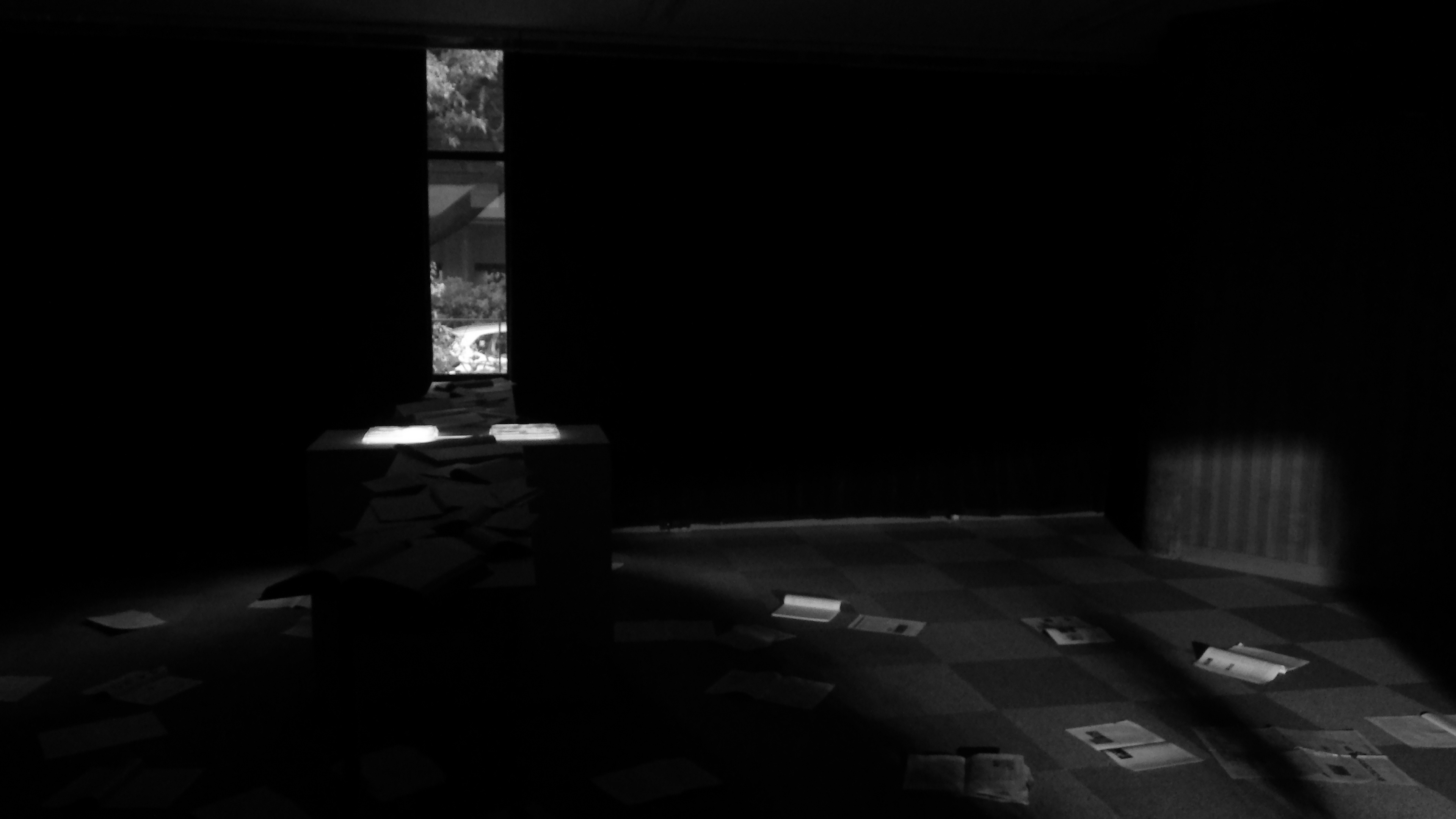

On two plates set on a wooden display, photosynthetic microorganisms (cyanobacteria) move on each sheet of paper cutouts to generate complicated morphological patterns. The pieces I cut were a biological research paper I had wrote myself (in this case, I cut our recent publication, Kawamoto et al. Nature Communications, 11: 2242, 2020; <Paper>cut) and a part of the host-city contract of the Tokyo Olympics 2020 between IOC and the city (<O>cut).
中央の展示台には二枚の培養プレートが設置されており、光合成を行なうシアノバクテリアがそれぞれに配置された切り絵の上で増殖しながら複雑な模様を描いていく。今回刻んだ紙片は、自分で書いた生物学の論文(今回はKawamoto et al. Nature Com. 11:2242, 2020, これが<Paper>cut)と、国際オリンピック委員会(IOC)と東京都の間で締結された五輪開催都市契約書の一部である(<O>cut)。
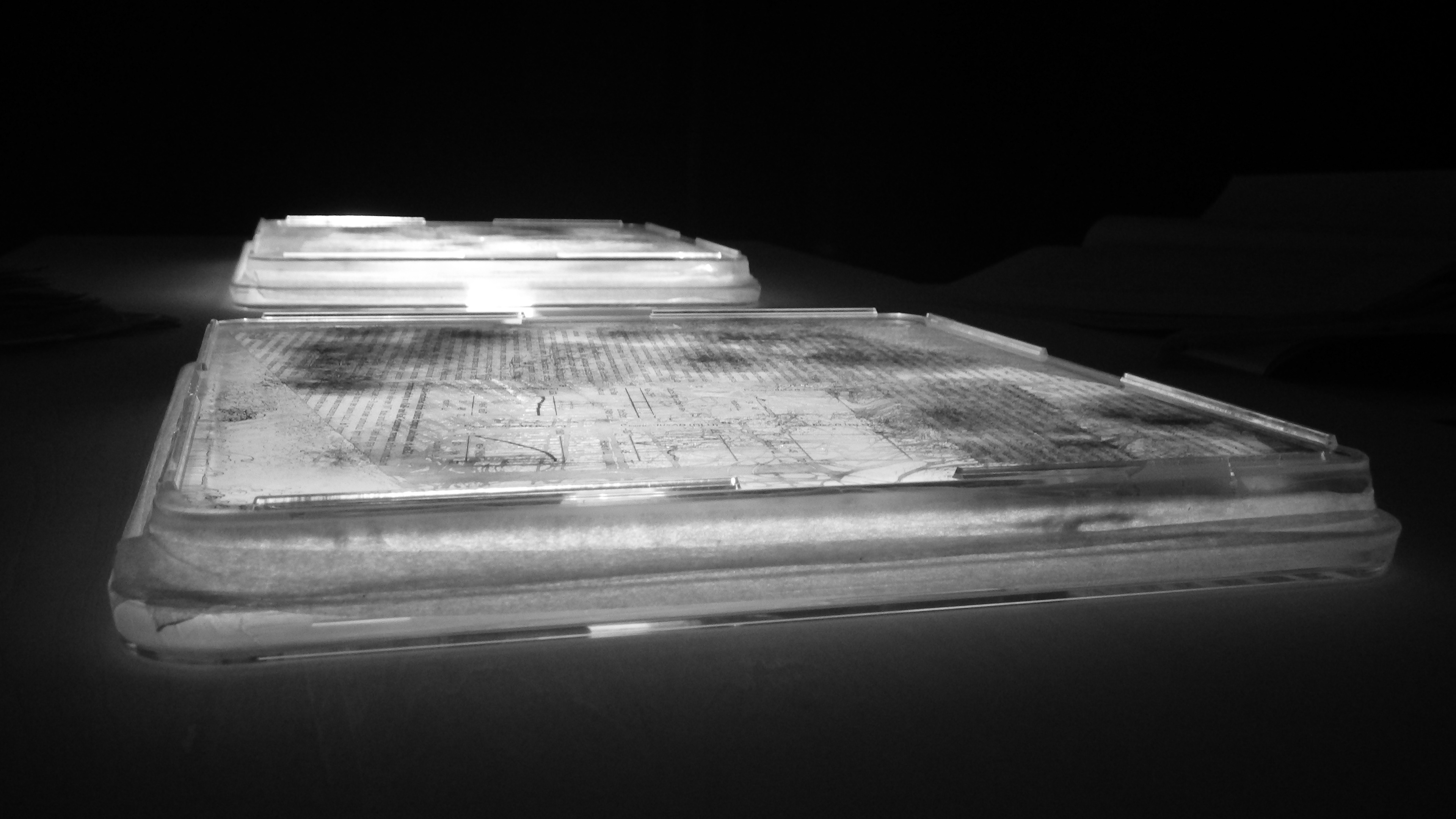

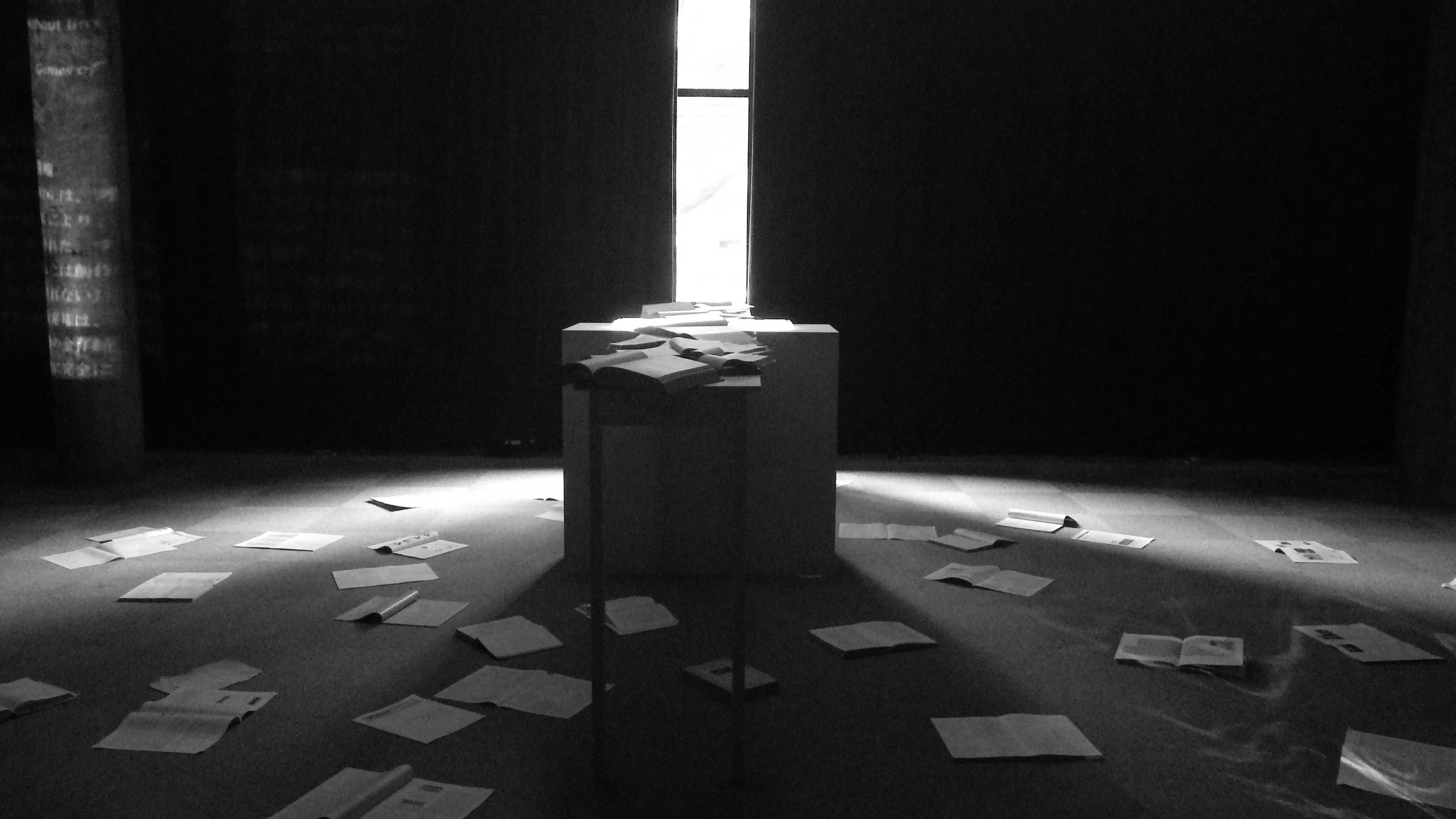
As mentioned on another page of this website, the "Culturing <Paper>cut" series originally focused on how science (people) consider life, especially on the style of its description. While scientific papers are often taken as objective one, actually biological papers have a very humanistic side to them. Now cyanobacteria that were the subject of analysis in the paper started to grow from the subjective description in the paper, and covered the paper. Thereby, it flips from one being analyzed to another hacking the paper, as if making a moebius ring.
”Culturing <Paper>cut”シリーズは、もともと科学(者)が生命をどのように捉えるのか、その記述様式に着目していた(詳細こちら)。客観的とみられがちな論文には、実はとても人間くさい部分がある。光合成微生物(シアノバクテリア)を研究して論文を書き、主観的な部分を切り取る。そこから、論文の観察対象となっていた微生物が論文を覆うように増殖し、複雑な模様を描く。こうして表裏はメビウスの輪のように反転していく。
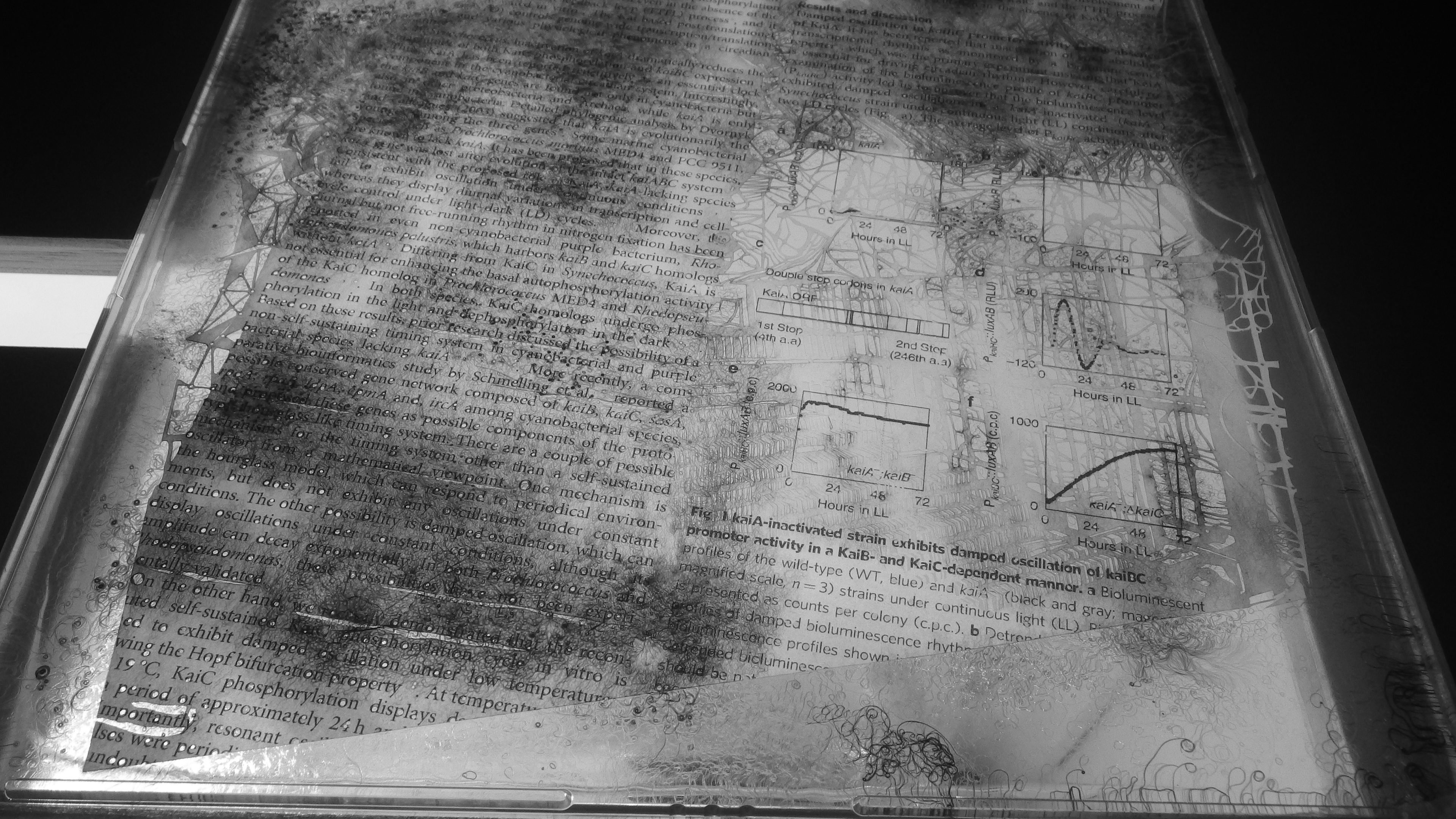
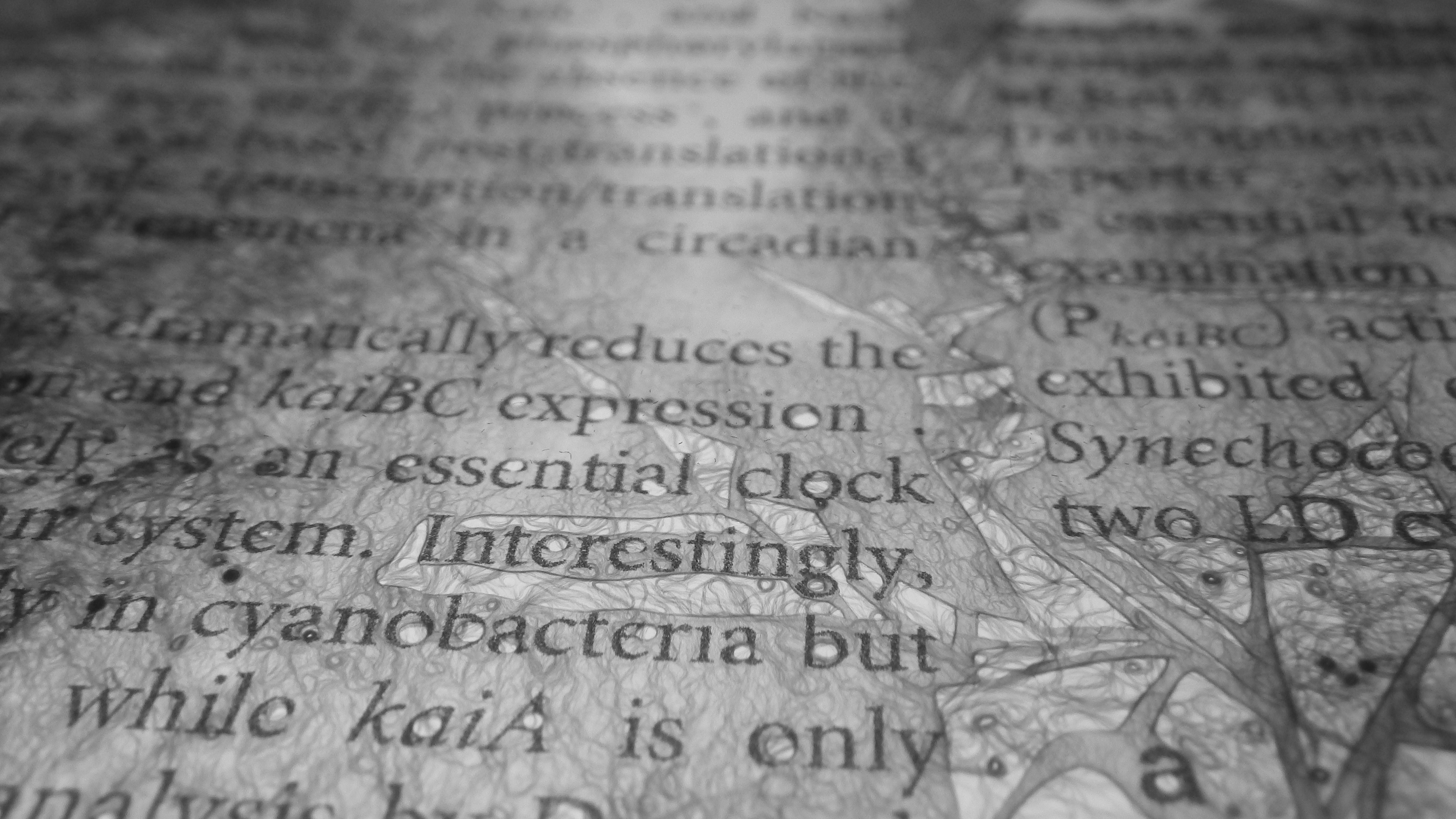
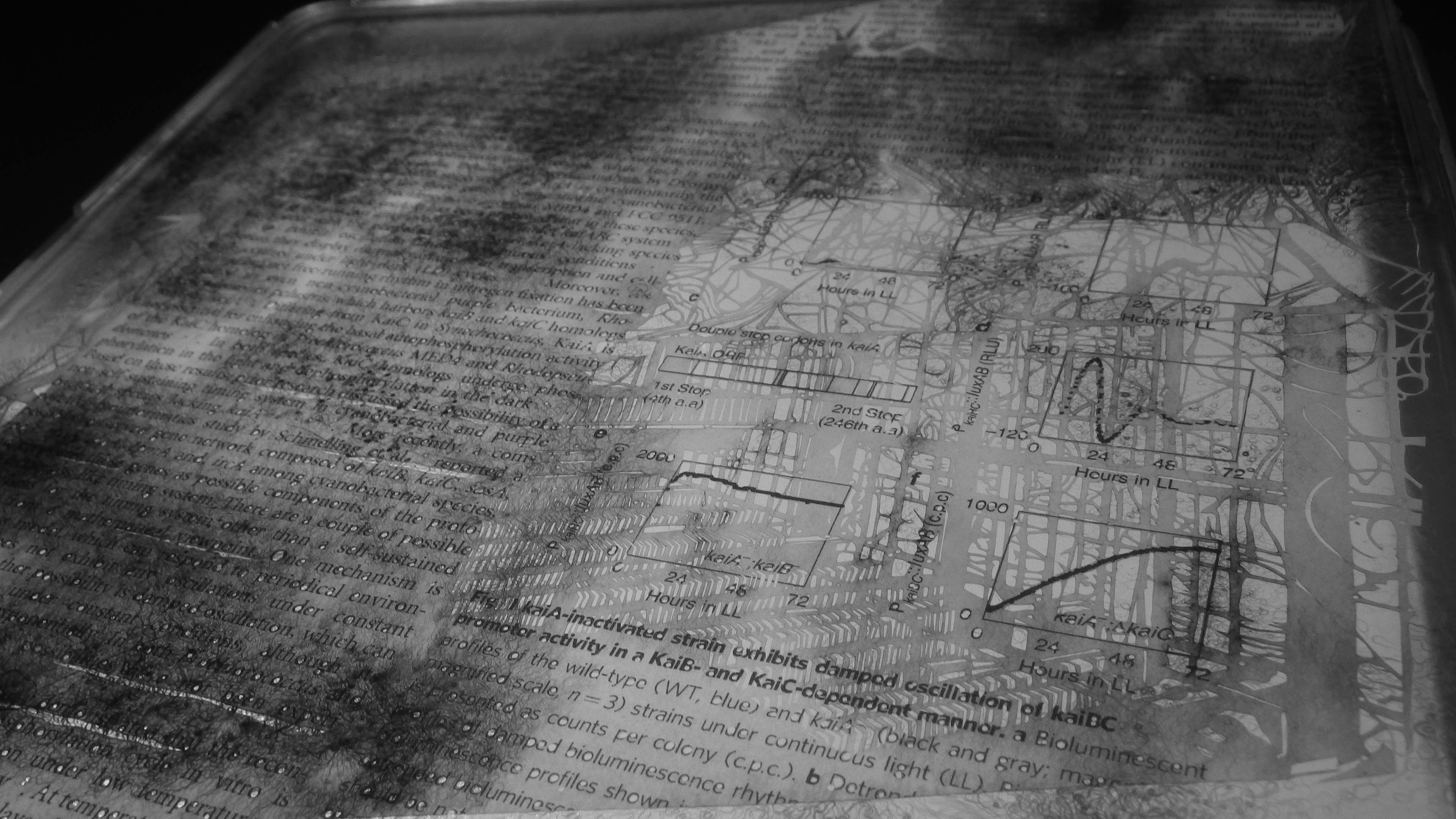
This <O/Paper>cut version added <Olympic>cut =<O>cut. Even before the Covid19 situation, I had many concerns about the bid for and hosting of the Olympics in Tokyo, and I faced many conflicting emotions when I was offered to show my work. It was a difficult choice, but I finally aimed to find an expression that was unique to this occasion, one that encompassed a sense of discomfort with the Olympics, while at the same time not simply being an anti-Olympic campaign. I decided to make a piece that frankly includes the complicated background and confusion surrounding the Olympic games. It is true that there are some valuable words included in the original Olympic Charter. However, there are many parts in the host-city contract where it seems to seriously contradict the spirit of the Charter. I also curved some episodes that symbolize historical issues of the Olympics, such as the 1936 Berlin 11th Olympiade sponsored by the Nazis symbolizing propaganda; the 1968 Black Power Salute in Mexico City, symbolizing the black resistance movement; the 1972 Munich Games, where the worst terrorist attacks occurred; and testosterone, representing doping and gender issues. These were also covered by bacteria.
今回の<O/Paper>cutバージョンは、五輪に関する文書を切った<Olympic>cut =<O>cutを併せている。五輪の招致や開催には、コロナ禍以前から様々な疑問を持っており、出展の申し出に結論を出すには少なからぬ葛藤があった。苦渋の選択だったが、五輪への違和感を内包しつつ、一方で単なる反五輪キャンペーンに終始しない、この機会ならではの表現を模索することを条件とすることとした。改めて読んでみると、少なくとも五輪憲章の冒頭部分には高邁な精神が謳われている。その一方で、開催都市契約書は随所にその精神に反するのではないかと思われる、にわかに受け入れがたい文言が並んでいた。そこから、特に違和感を覚えた4つの項目を抜粋して印刷した紙を切り、五輪にまつわる歴史的な論点を象徴するモチーフを刻んだ(ナチ主催でプロパガンダを象徴する1936年のベルリン大会、黒人抵抗運動を象徴した1968年メキシコシティ大会のブラックパワーサリュート、最悪のテロが起こった1972年ミュンヘン大会、ドーピングやジェンダー問題を表象するテストステロン)。これらもやがてバクテリアに覆われていく。

"Culturing 'O'cut"
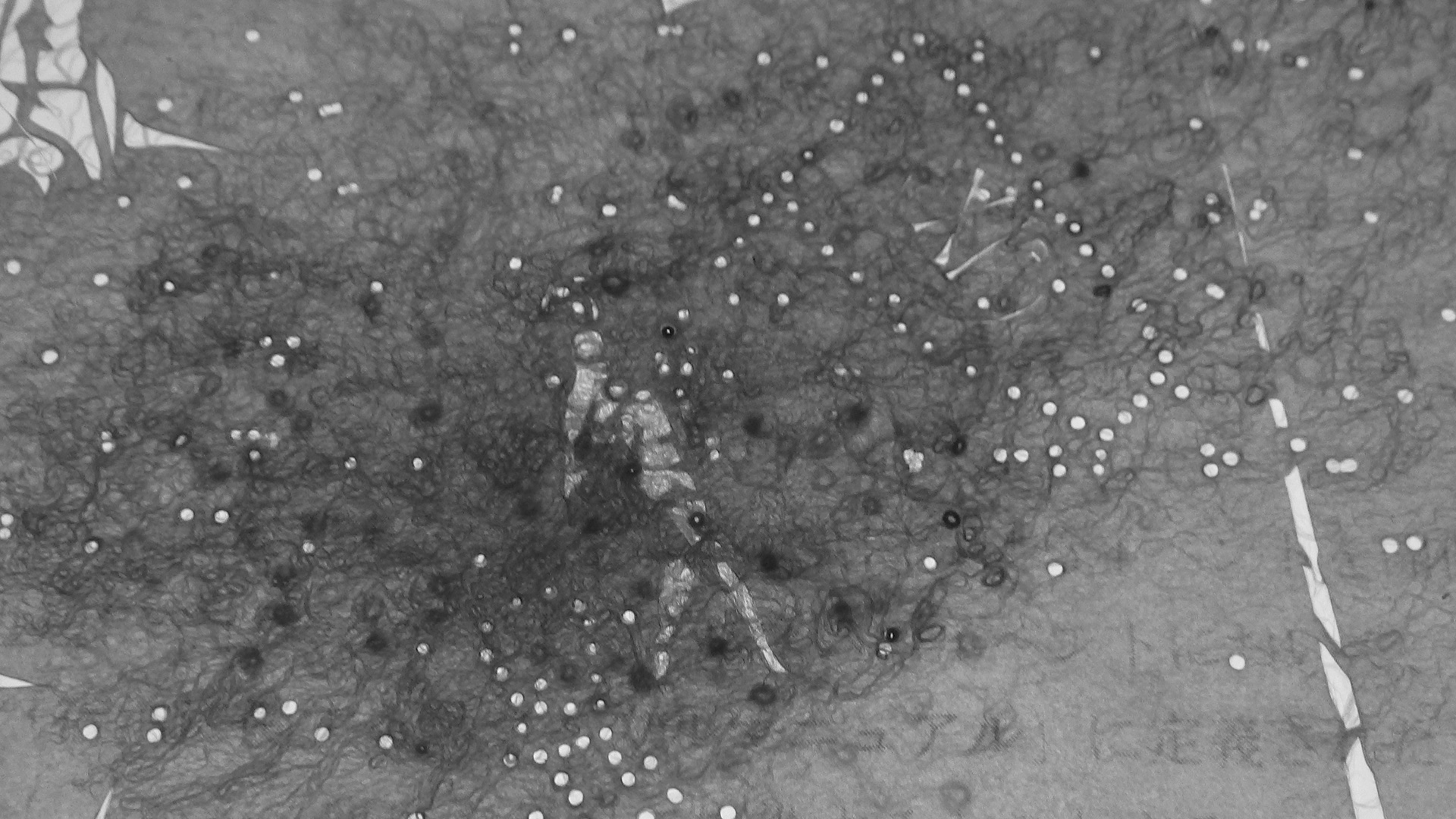
The flag bearer at the opening ceremony of the 11th Summer Olympics in Berlin (1936). The original Nazis swastika was replaced to "XIe" here.
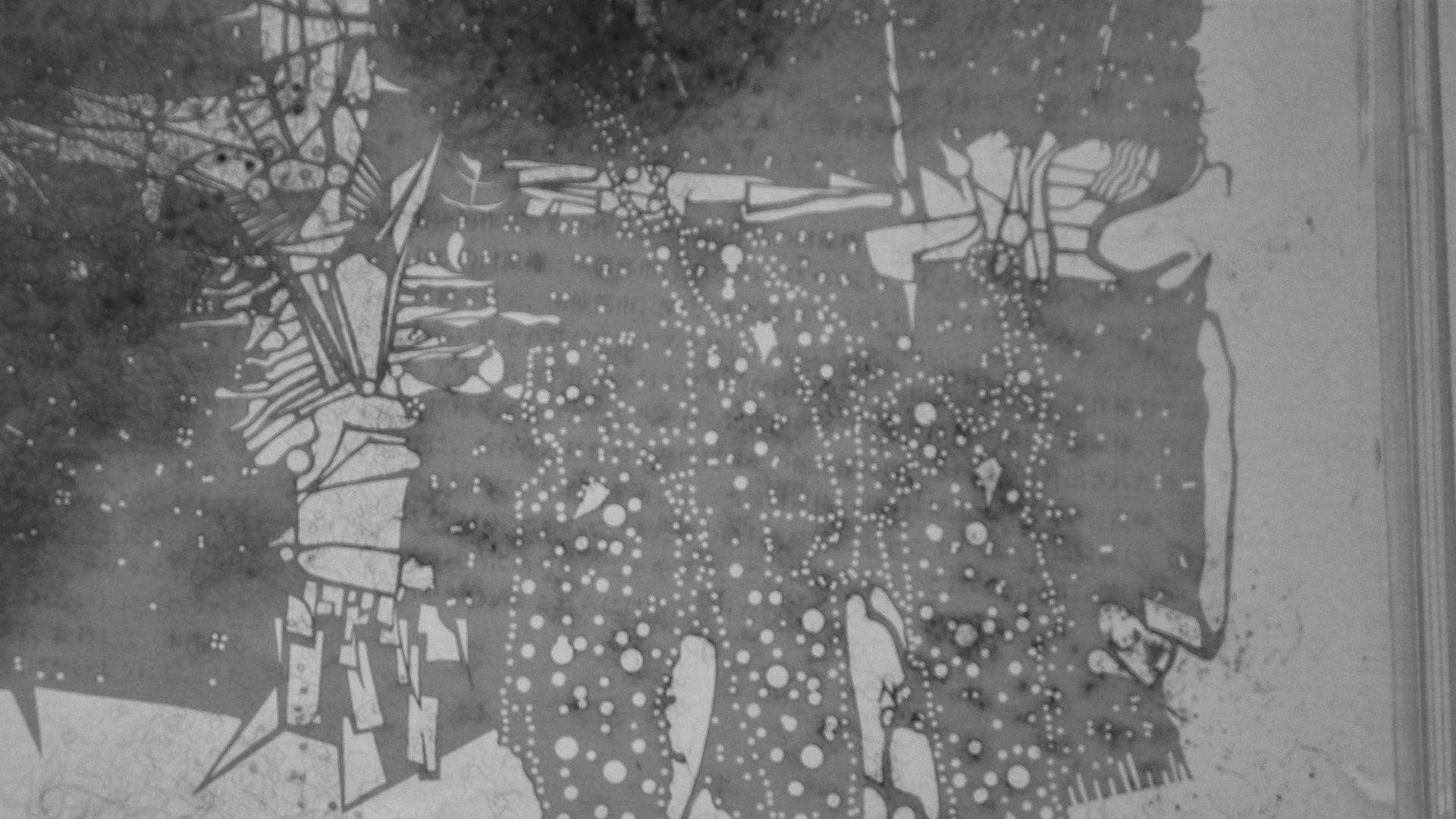
The black power salute in 1968 Olympics by Tommie Smith and John Carlos with Peter Norman (Mexico-City).
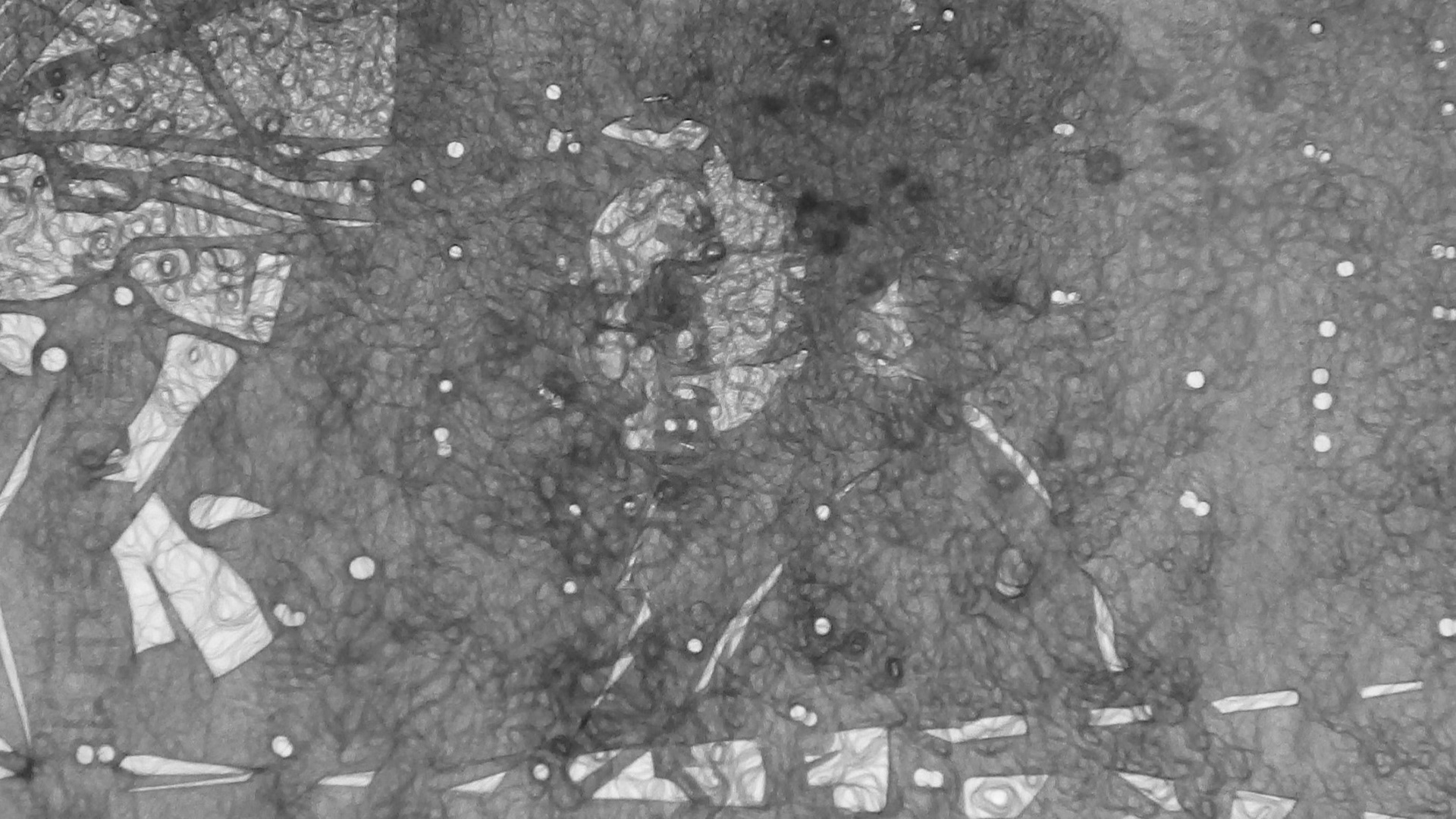
Image of the perpetrator of the terrorist attack on the Israeli team at the 1972 Munich Olympics.
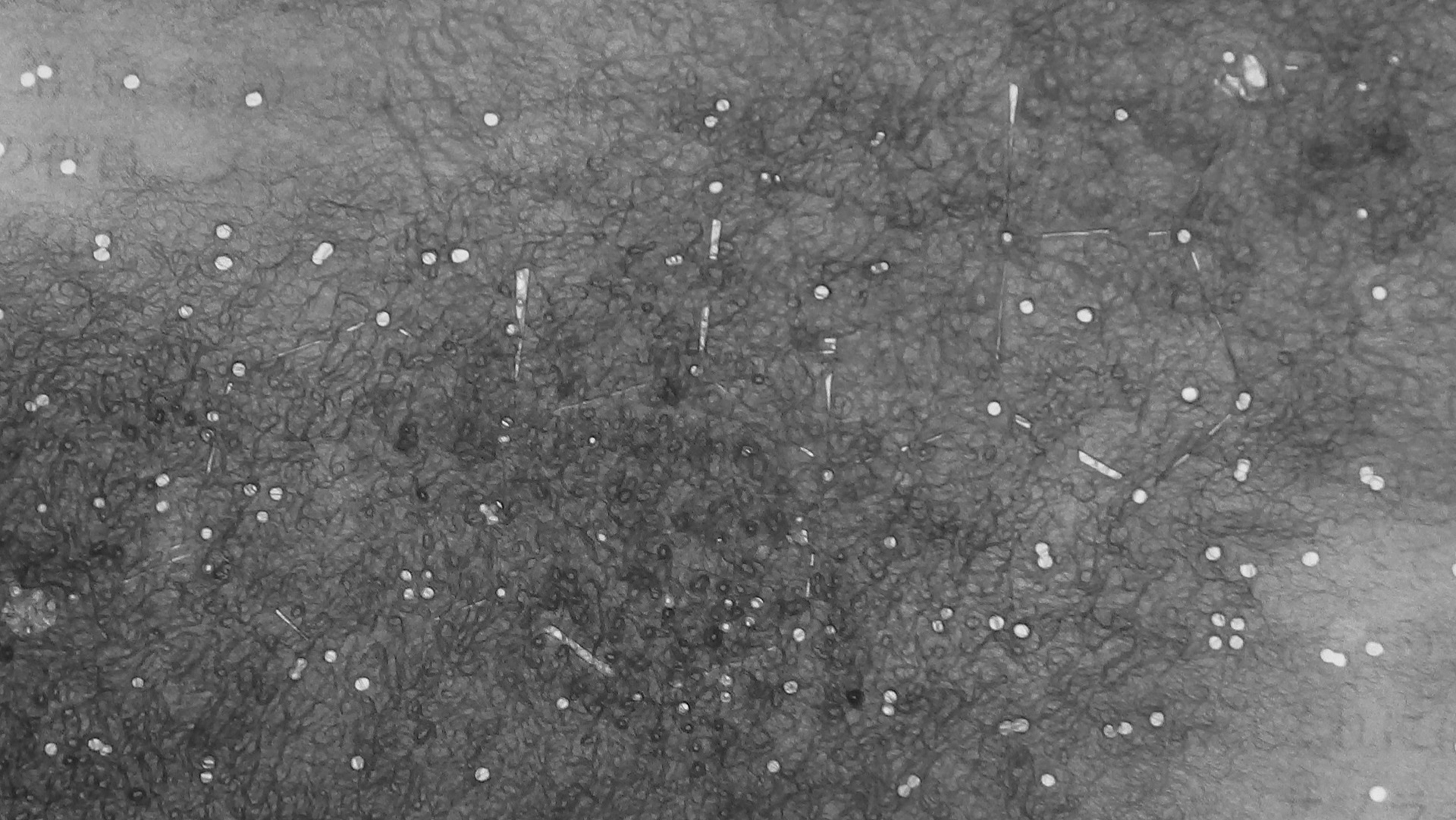
Chemical structure of testosteron.
It was also important that the venue was the Kanagawa Prefectural Library, which was designed by Kunio Maekawa, and founded in 1954. On the two sheets of paper, some characteristic motifs from the library were curved. The library is a place where individuals come together in their own way. This is quite different way of gathering than the collective mobilization of the Olympic games. Needless to say, the library is also a place where we face the knowledge of the past, and where scientific journals and documents related to social contracts, the elements of this artwork, are also stored. Some documents and letters related to views of life and nature from the late Edo (19c) period to the present day, and books that show the state of biology before World War II, which, like the Olympics, was associated with politics and ideology, were also placed.
今回の会場が、横浜にある前川國男設計の神奈川県立図書館(1954年竣工)であったことが、もう一つ重要な前提だった(今回のイベントは、五輪組織委員会に加え、神奈川県主催でもある)。二枚の切り絵には、県立図書館のユニークな意匠も刻んでおいた。図書館は、個人が個人のままに集う場だ。それは、五輪が時に象徴する、集団的動員と熱狂とは全く異なる集いの在り方である。また、言うまでもなく図書館は過去の知と向き合う場であり、今回の主題となった科学雑誌や社会の契約に関わる文書も保管されている場所でもある。会場には江戸後期から現在までの、自然観・生命観に関する様々な文書や論文を配置した。そこには、五輪と同様に、社会や政治状況、植民地政策などを反映する科学の営みを示す文書も入れてある(南方熊楠や牧野富太郎の直筆書簡や、南方・朝鮮統治時代の戦前日本の植民地科学の文献、戦前の微生物学に関する記述、江戸時代の天文思想の変遷を示す幾つかの書誌、現在の生物学の論文や教科書など)。
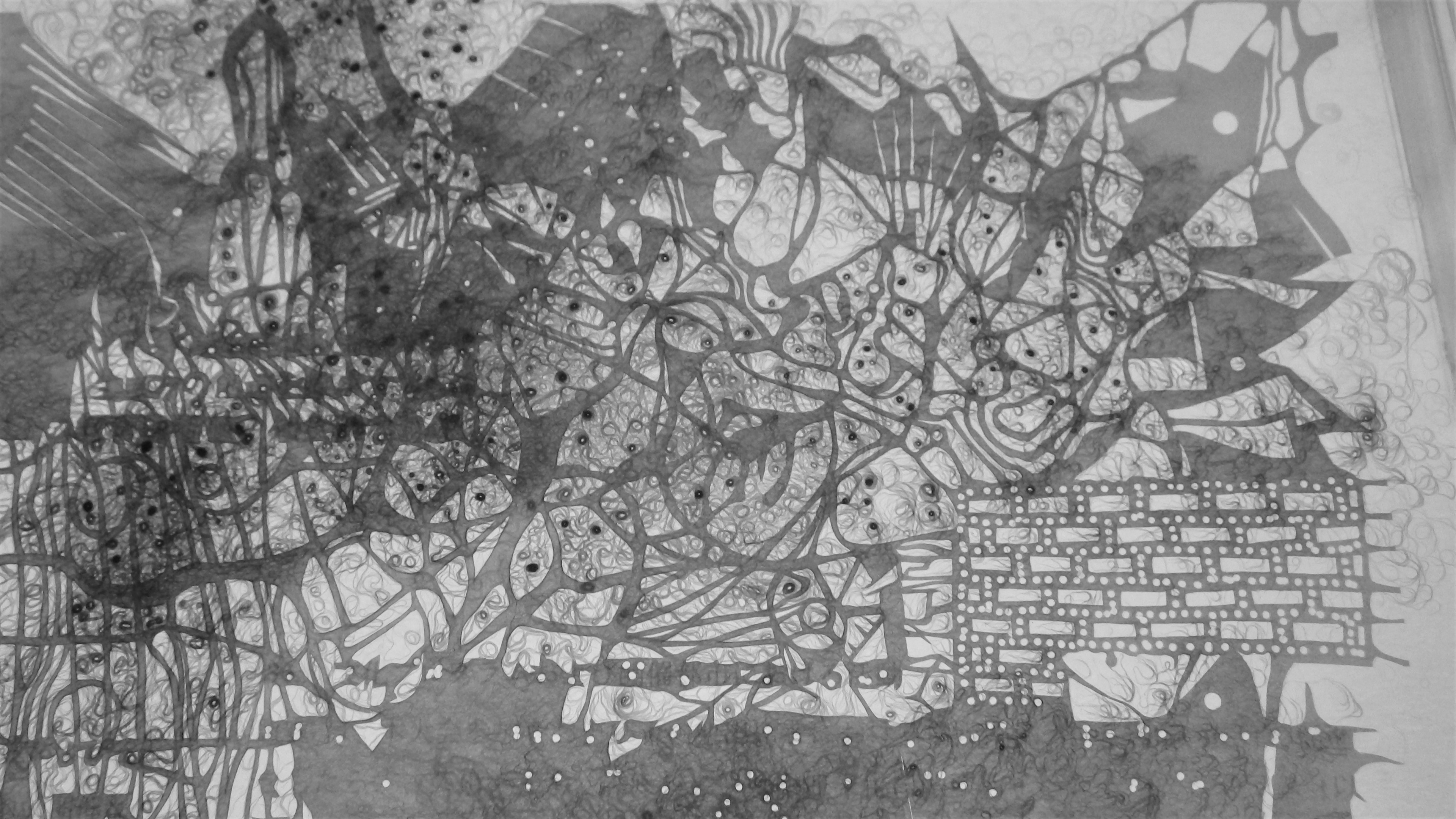
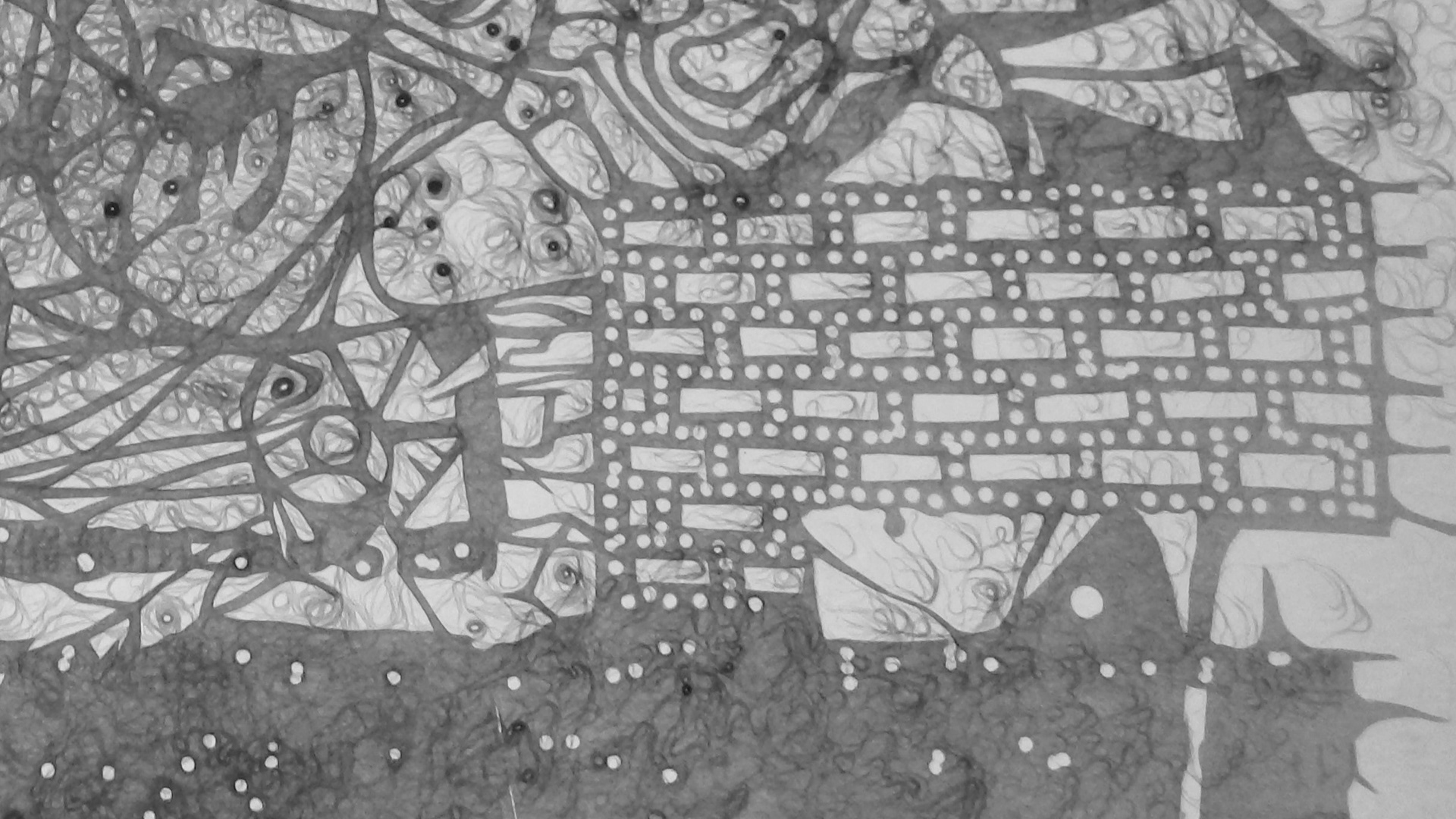
県立図書館のためにデザインされた前川國男デザインのレンガによるひさし。非常に繊細かつ巧妙にデザインされている
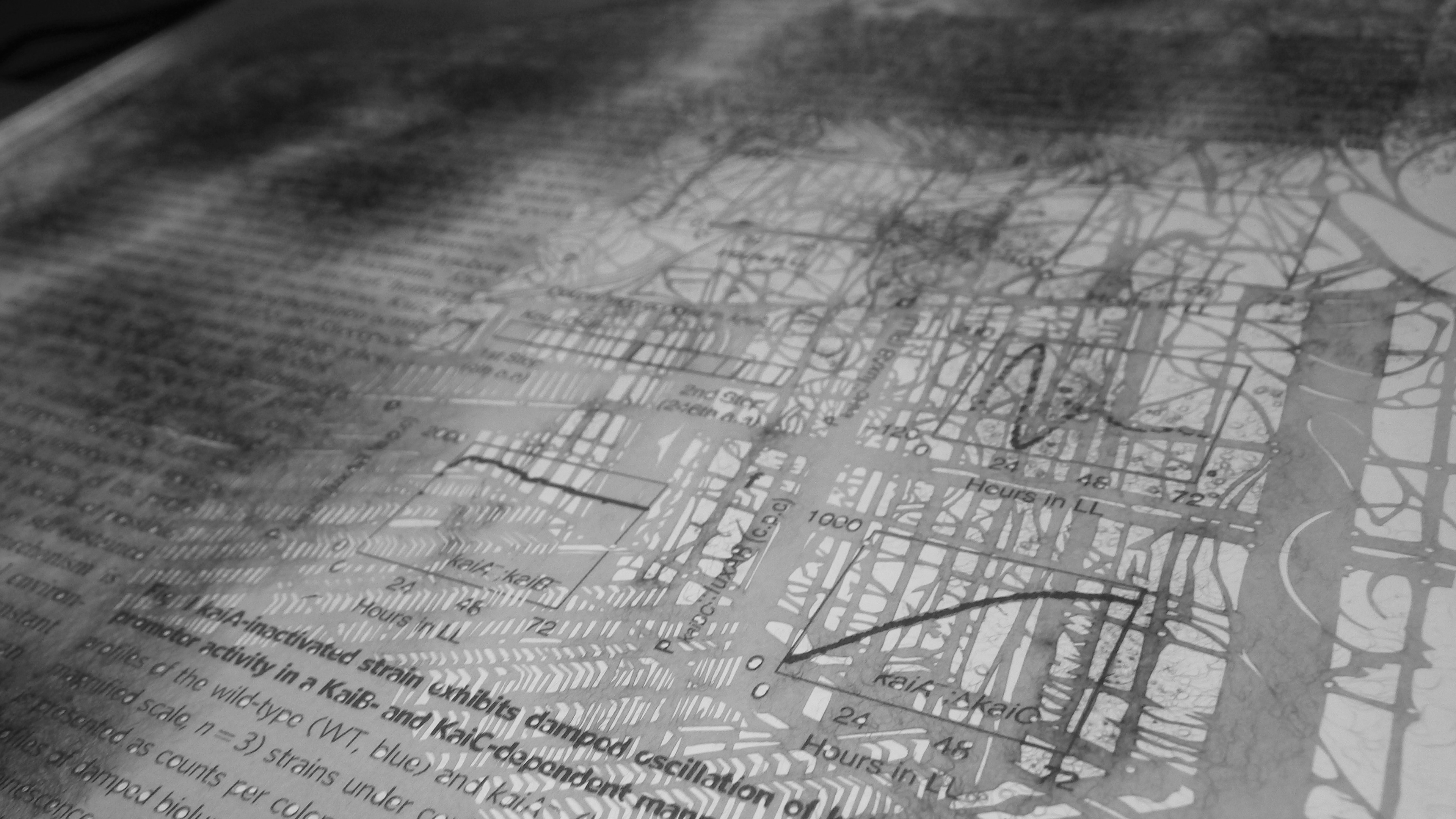
県立図書館の吹き抜けの閲覧スペースをモチーフとした意匠
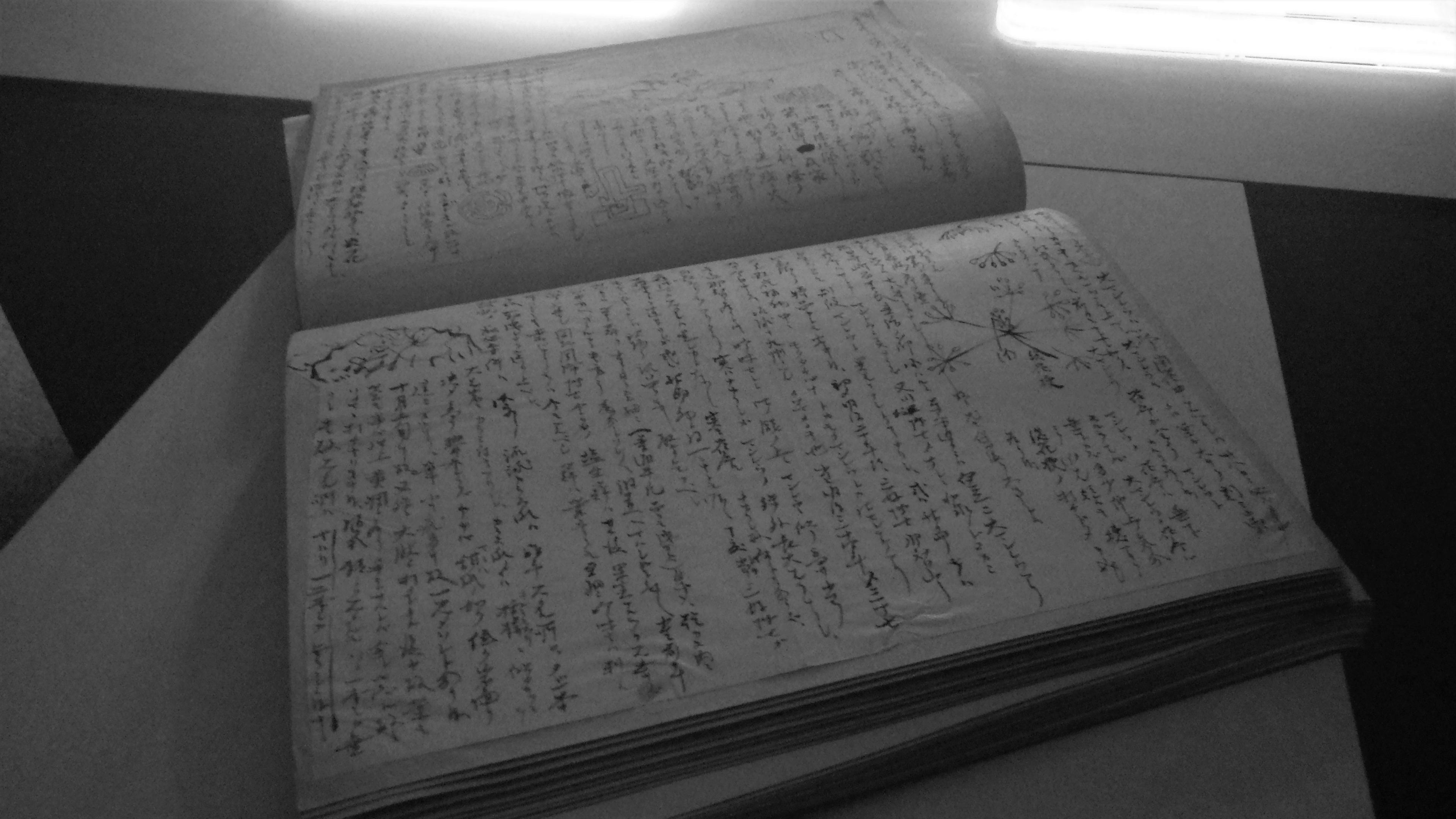
南方熊楠の直筆書簡(宇井縫蔵宛)
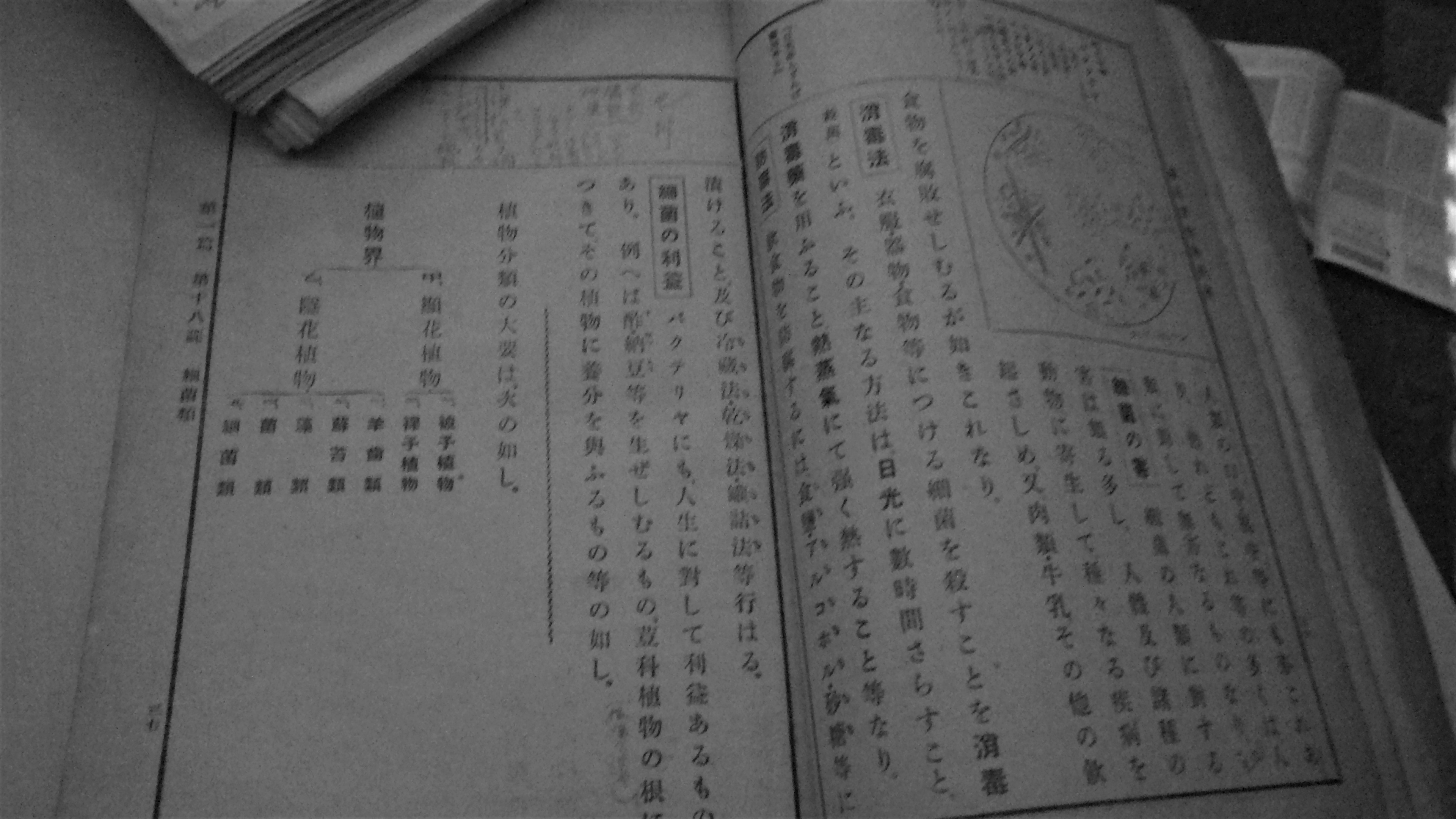
緒方正規編纂の昭和初期の生物学教科書のバクテリアの記述。
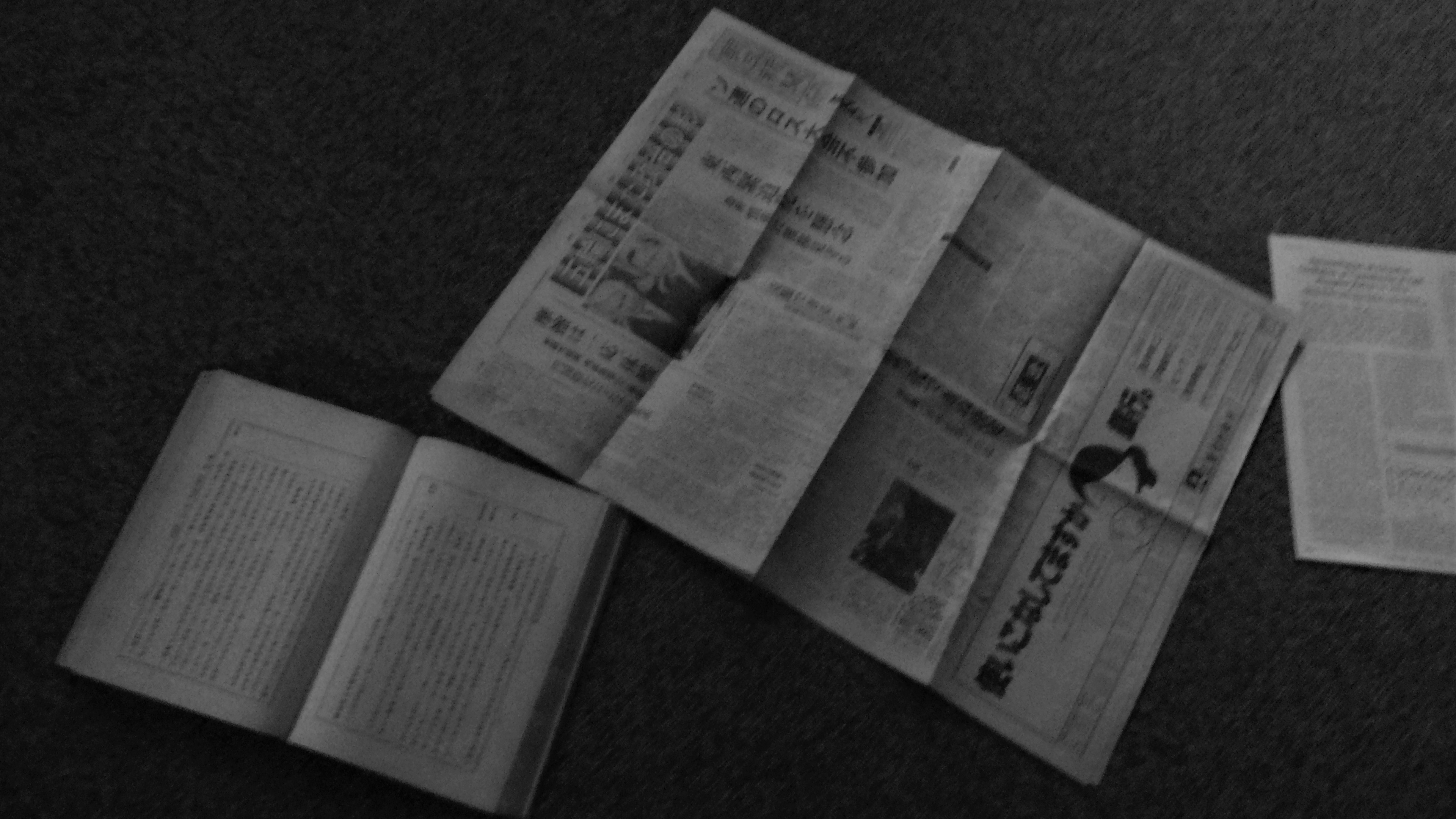
作家が中学1年生の時に収集していたロス五輪ソ連不参加の新聞記事(この時の新聞切り取り集が手元に残っており、併せて配置しておいた)
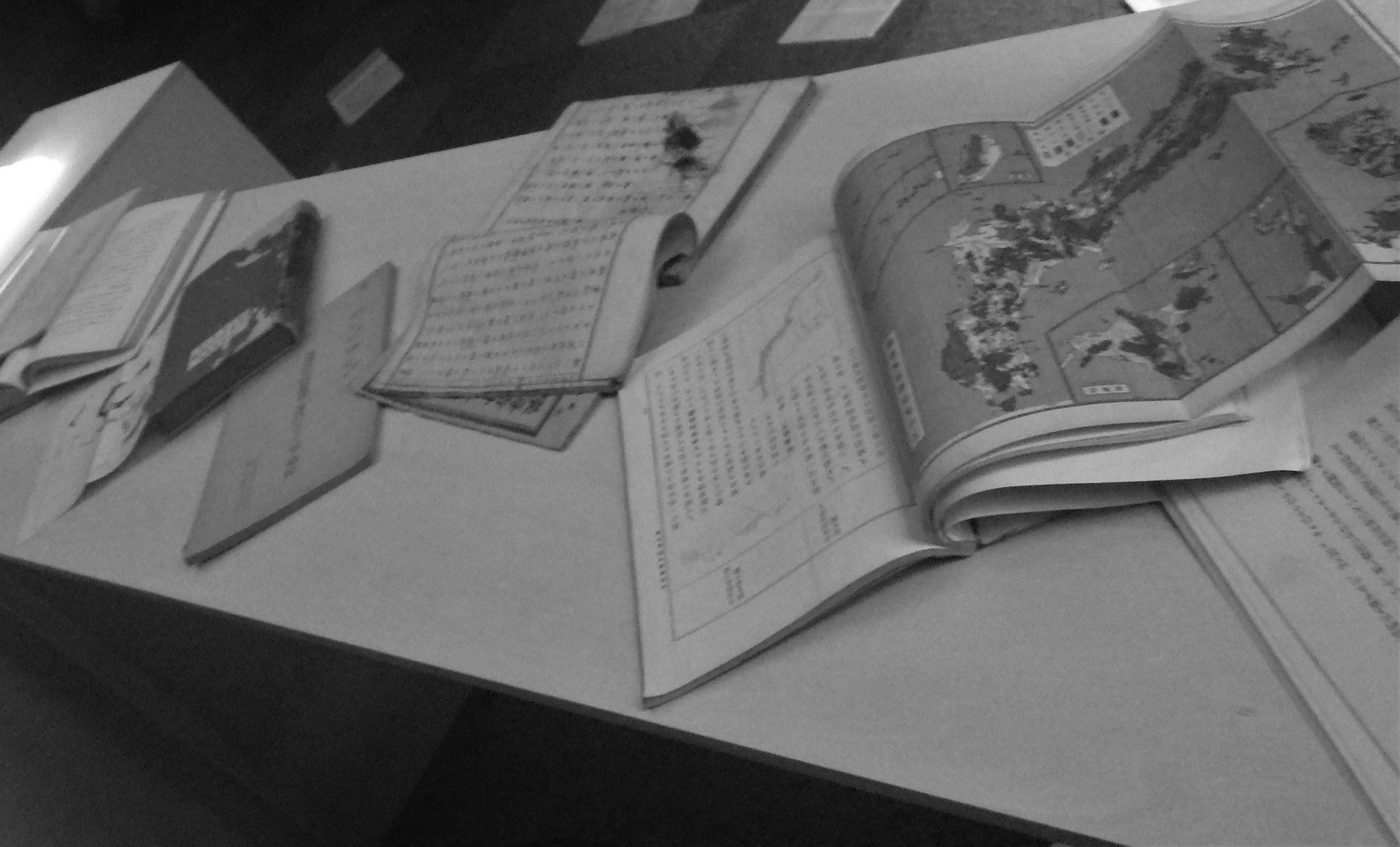
植民地政策と関連する科学の文献たち。地質学、朝鮮統治時代の現地の大豆調査資料、南方の動物の生態についての書物など

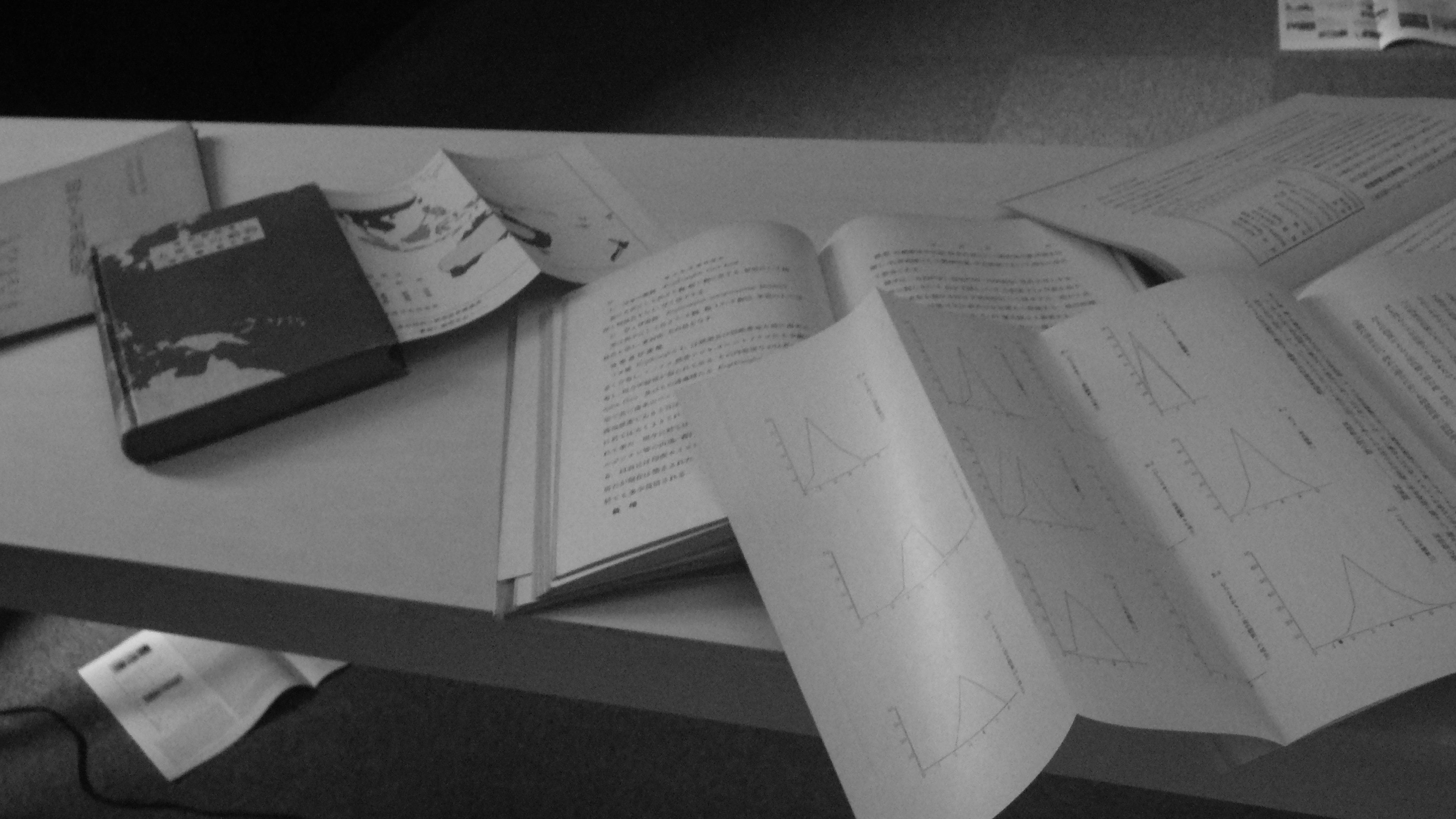
戦前の生物学関係文献
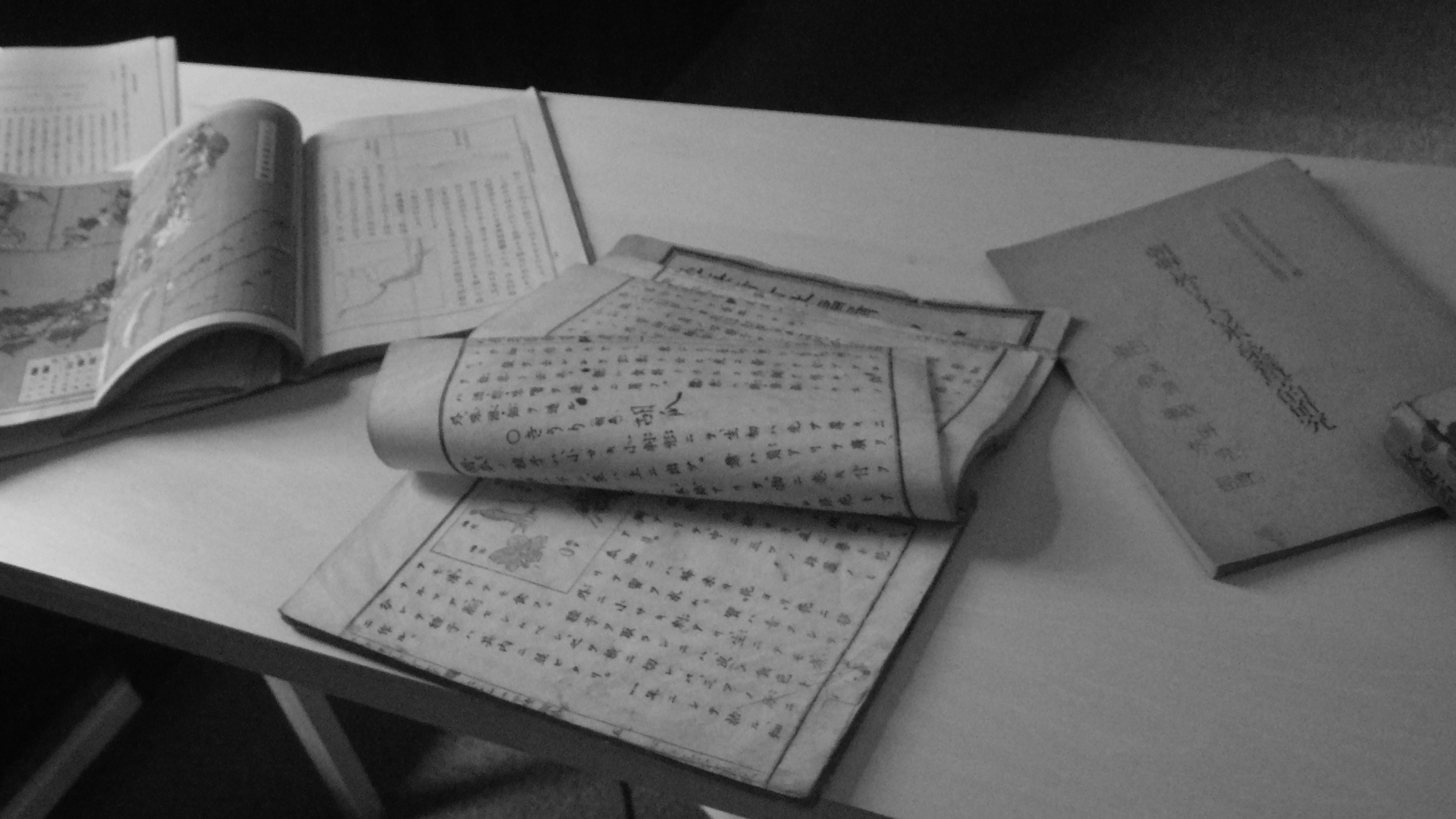
植民地政策と関連する科学の文献たち。地質学、朝鮮統治時代の現地の大豆調査資料、南方の動物の生態についての書物など
Finally, since one of the main focuses of living biomedia art is to see it live, I feel sorry that I could not do so in the extremely paradoxical situation of a no-audience exhibition. However, it was not a simple situation either. As I mentioned above, I was basically against hosting the Tokyo Games, and at the meeting with curatorial members and other artists in May, it was tentatively promised that if the Olympics were cancelled, the works would be still exhibited and archived in some way, even if without an audience. While hoping for the "cancellation of the Olympics (another meaning of <O>cut)" which would prevent the exhibition from being shown to the public, I continued to cutout sheets of paper in an extremely twisted state of mind, doing my best to work on the exhibition that was supposed to be shown to the public. After the decision of ‘non-audience exhibition’ in July, I changed the plan much from an original one to one shown here. In the sense of a strange contrast between a 'live' performance that was not perceived and an 'archive' for living, it was an odd coincidence to perform biomedia arts in a library without an audience. Even if so, advance notice of the event and live streaming were also banned (for ‘security reason to avoid hacking’), which was a unexpected. The darkness is deep, but if we dare to take a positive stance on this situation, it may be an opportunity to remind us of the vast number of "absences" that fill our living conditions, which are full of contradictions: artworks that are not viewed, books that are not read, lives that are not felt, people who are not noticed, responsibilities that have nowhere to go, and funerals that cannot be witnessed.
最後に、生けるバイオメディアアートは生で見ることが一つのポイントなので、無観客展示という極めて逆説的な状況でそれを実現できなかったことを残念に思う。しかしそれも単純な事情ではなかった。先述のように、私は東京大会の開催には基本的に反対だった。5月の打ち合わせの段階では、オリンピックが中止になった場合は、無観客であっても何らかの形で作品を展示し、アーカイブすることが一応口約束されていた。展覧会が公開されない「オリンピックの中止・縮小(<O>cut)」を望みながら、公開を前提とした展示に向けて全力で紙を切り刻むという、ひどく屈折した状態で製作を続けていた。状況は二転三転し、7月に正式に無観客開催が決まったことで、改めてそれまでの展示案を大幅に修正し、この記録にある形式に変更した。感得されないライヴと生きるため(活かすため)のアーカイヴの奇妙な対比という意味でも、バイオメディアアートを無観客で図書館で行うことは奇縁であった。そうであっても、事前に開催日時を告知できず、五輪関係サイトのハッキングのリスクを理由に同時中継すら禁じられたことは想定外だった。闇は深いが、敢えて積極的にこの状況を受け止めるとしたら、今こそ「鑑賞されざる作品、読まれざる蔵書、感得されぬ生命、気付かれざる者たち、行き場のない責任、立ち会えぬ葬儀」といった、矛盾に満ちた私たちの生きる条件に満ちている膨大な「不在たち」に改めて思いを馳せる機会だということかもしれない。

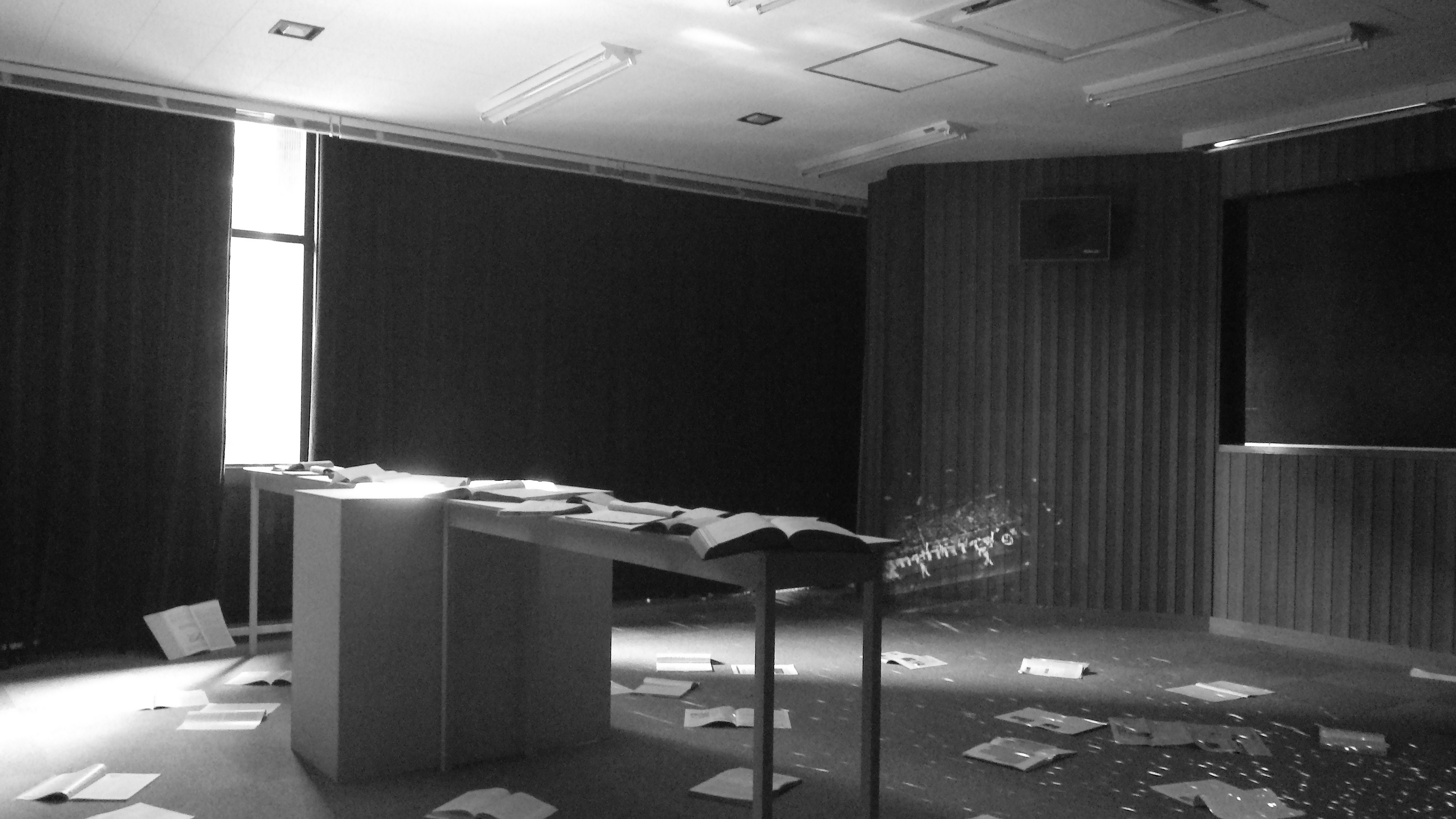
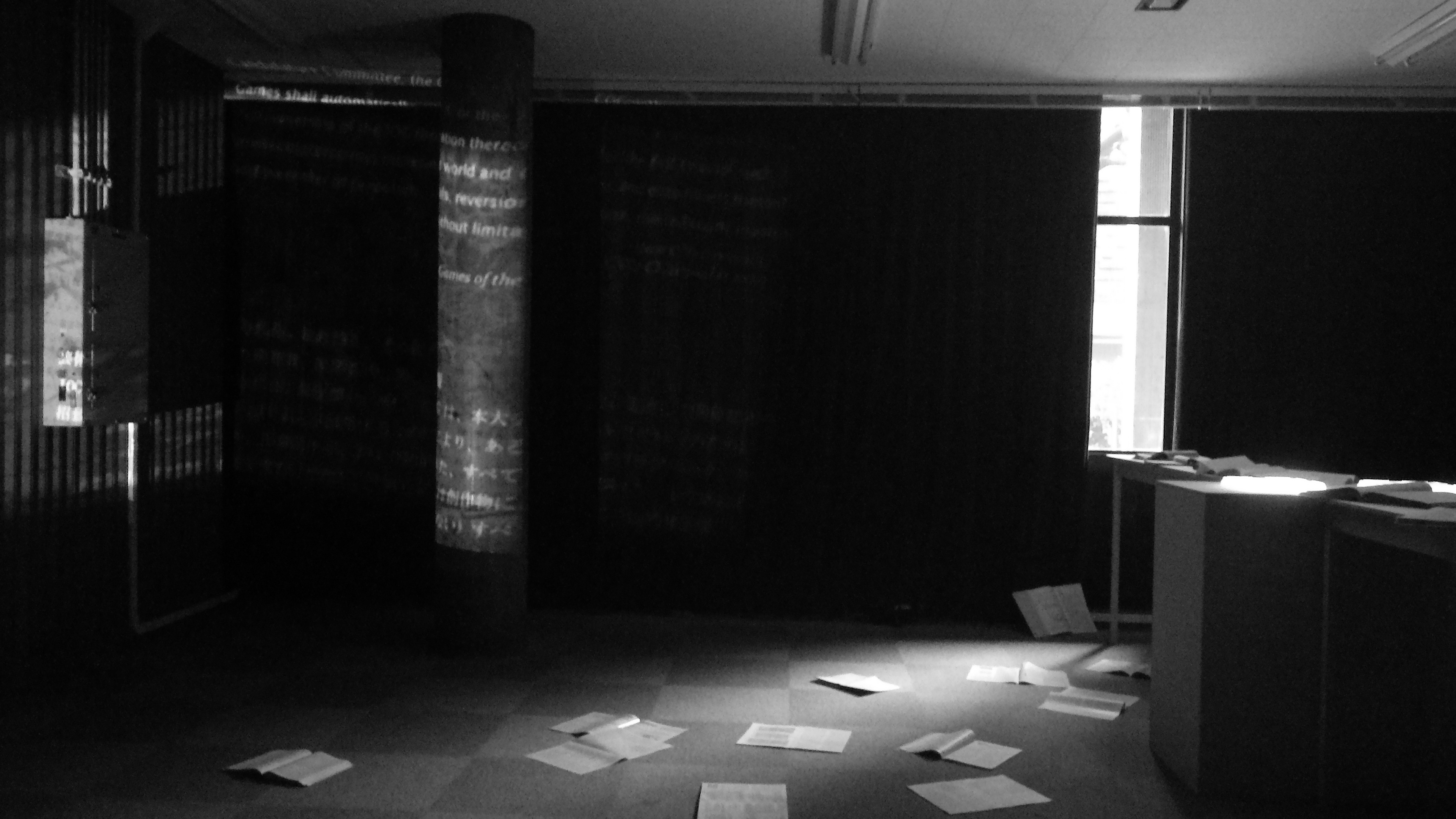
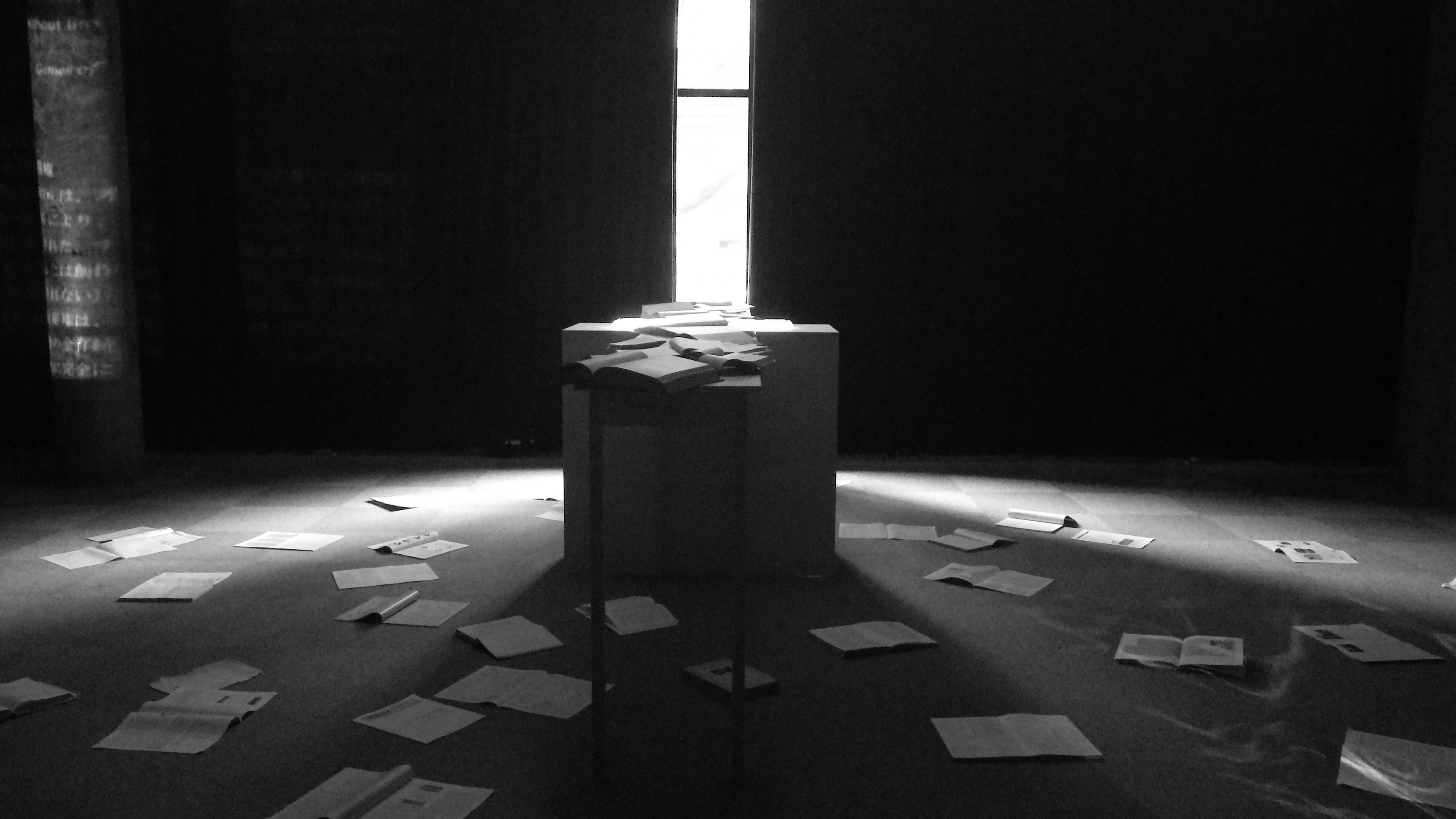
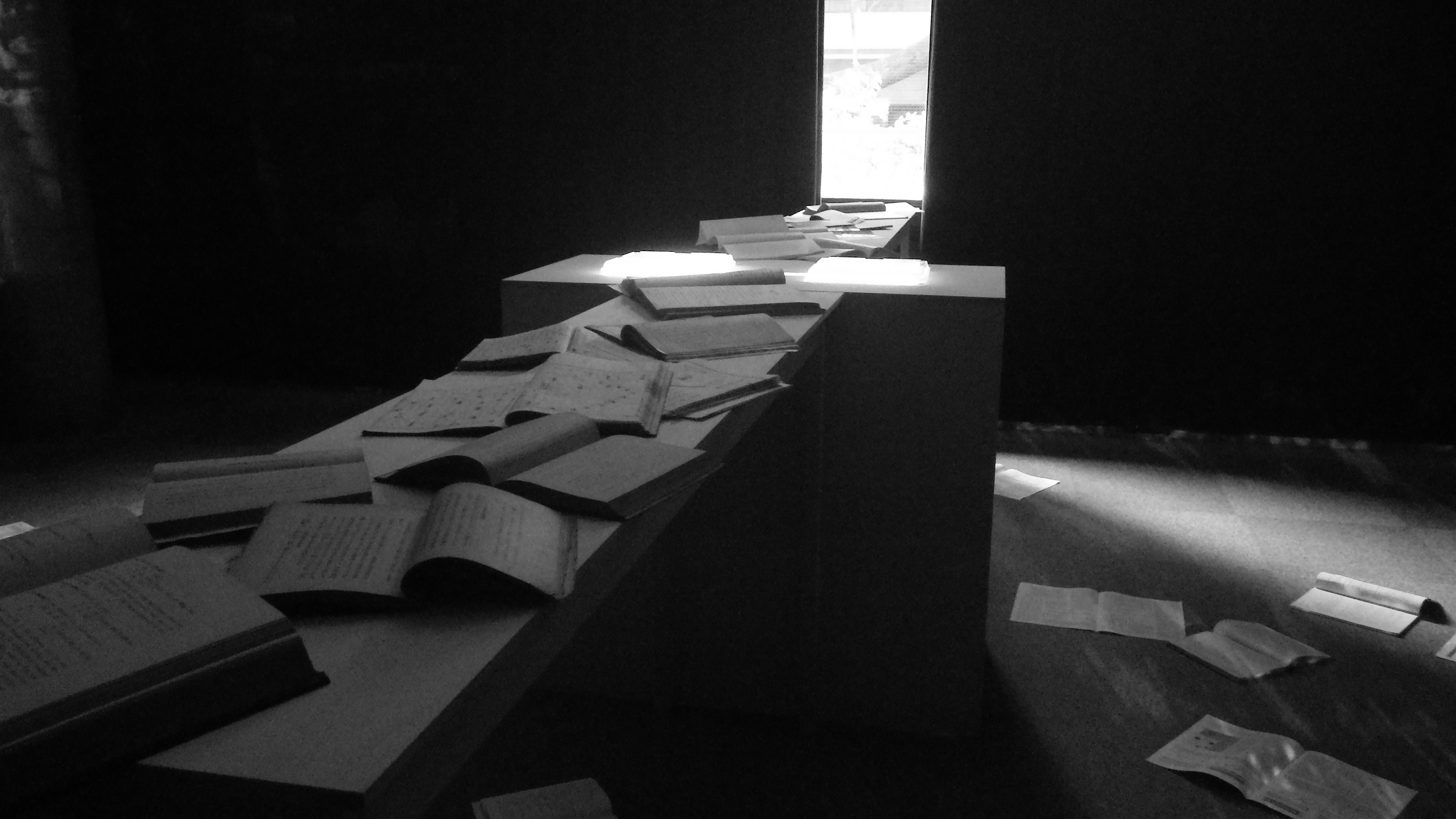
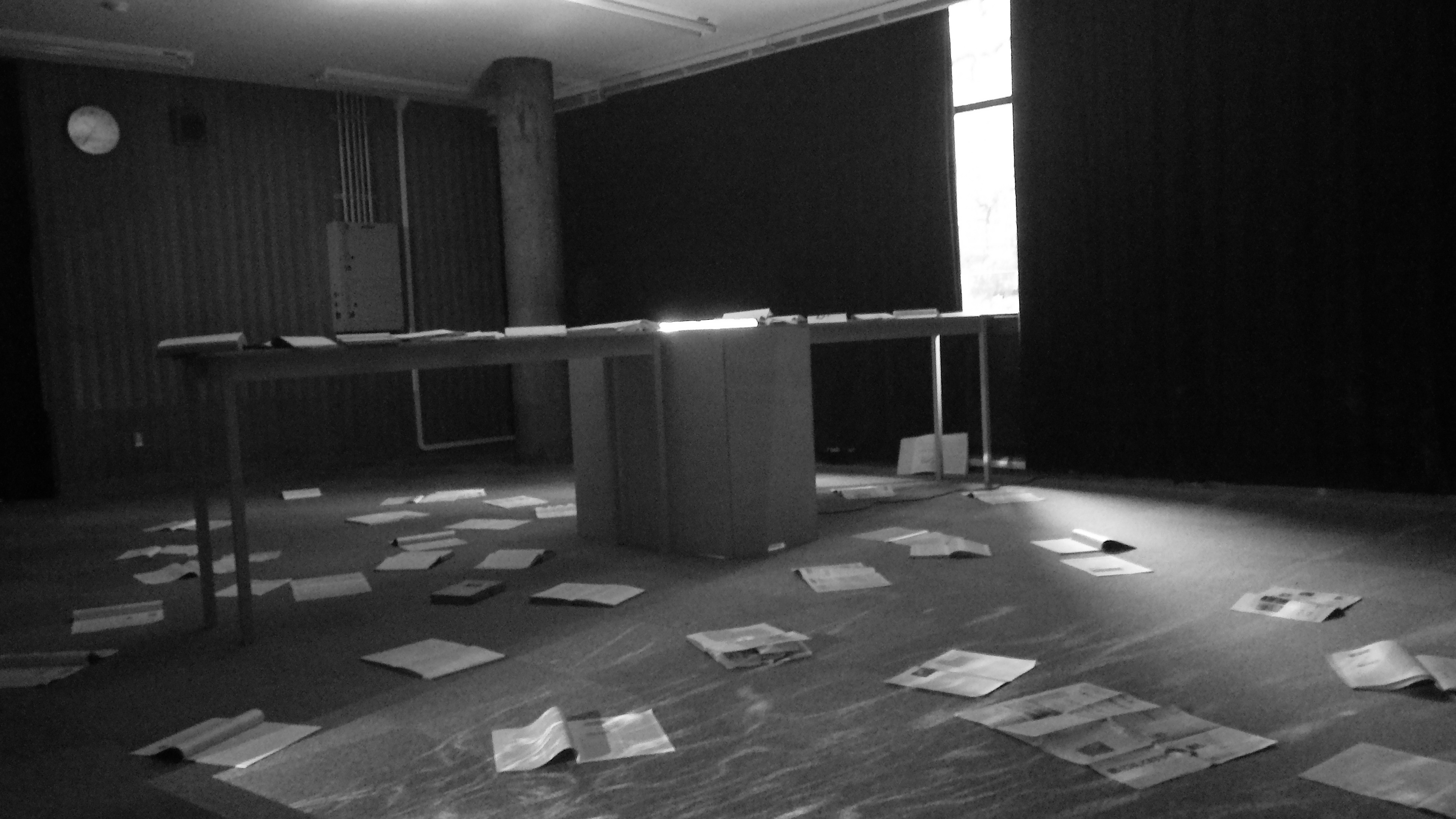
I would like to thank those who have shared many contradictions, frustrations, and aspirations for this event.
Haruka Fujikawa (Art director, Nippon Festival 2021)
Takahiko Azami, Eriko Hara, Koji Wakimoto (CG-ARTS)
Katsuhiko Tabei, Kageaki Nakaji, Ryohei Takahashi (Setting)
Tokyo Studio
The Kanagawa Prefectural Library, Yokohama
Culture Division, Kanagawa Prefecture
Iwasaki Lab members, Waseda University
& metaPhorest members
Haruka Fujikawa (Art director, Nippon Festival 2021)
Takahiko Azami, Eriko Hara, Koji Wakimoto (CG-ARTS)
Katsuhiko Tabei, Kageaki Nakaji, Ryohei Takahashi (Setting)
Tokyo Studio
The Kanagawa Prefectural Library, Yokohama
Culture Division, Kanagawa Prefecture
Iwasaki Lab members, Waseda University
& metaPhorest members
この展示に際して、多くの矛盾と焦燥と志を共有して下さった方々に感謝致します:
藤川悠(NipponFestivalアートディレクター、茅ヶ崎市美術館)
莇貴彦、原江里子、脇本厚司(CG-ARTS)
田部井 勝彦(MeAM studio)、中路 景暁、高橋 遼平(設営)
東京スタデオ(展示台製作)
神奈川県立図書館の皆さん
神奈川県文化課の皆さん
早稲田大学理工学術院岩崎研究室のメンバー
metaPhorestメンバーの皆さん
藤川悠(NipponFestivalアートディレクター、茅ヶ崎市美術館)
莇貴彦、原江里子、脇本厚司(CG-ARTS)
田部井 勝彦(MeAM studio)、中路 景暁、高橋 遼平(設営)
東京スタデオ(展示台製作)
神奈川県立図書館の皆さん
神奈川県文化課の皆さん
早稲田大学理工学術院岩崎研究室のメンバー
metaPhorestメンバーの皆さん